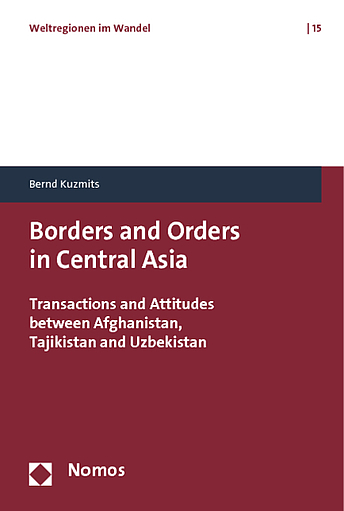englischCentral Asia is characterised by state fragility and associated with drug traffic and instability. Social Orders and borders defining them have often changed in this region. What are the functions of borders today in the light of parallel state and nation building processes? How do borders impact the attitudes of the borderland population? And most notably: What are the drivers of and the constraints for transborder interactions?
The author analyses these questions along the rather new state border between Tajikistan and Uzbekistan, and at border strips between these states and Afghanistan – once separating two geopolitical regions. The authoritarian regimes in Tajikistan and, even more so, in Uzbekistan contain their state building projects against allegedly destabilising influences from abroad. However, in border regions far from state influence interdependencies may also be the basis for legal interactions.
Zentralasien ist ein Raum staatlicher Fragilität, der Assoziationen wie Drogenhandel und Instabilität weckt. Soziale Ordnungen und die sie definierenden Grenzen haben sich in dieser Region häufig gewandelt. Welche Funktionen haben Grenzen dort heute angesichts parallel laufender Prozesse des State and Nation Building? Wie wirken sich Grenzen auf die Wahrnehmungen der Grenzbevölkerung aus? Und vor allem: Was treibt grenzüberschreitende Beziehungen an und was hemmt sie?
Der Autor untersucht diese Fragen entlang der jungen Staatsgrenze zwischen Tadschikistan und Usbekistan sowie an Grenzabschnitten beider Staaten zu Afghanistan – einst die Scheidelinie geopolitischer Großregionen. Zwar bauen die autoritären Regime in Tadschikistan und, mehr noch, in Usbekistan ihre State Building-Projekte in Abgrenzung zu vermeintlich destabilisierenden Einflüssen der Nachbarn. In staatsfernen Grenzregionen sind Interdependenzen aber die Basis für einen durchaus legalen Austausch.


